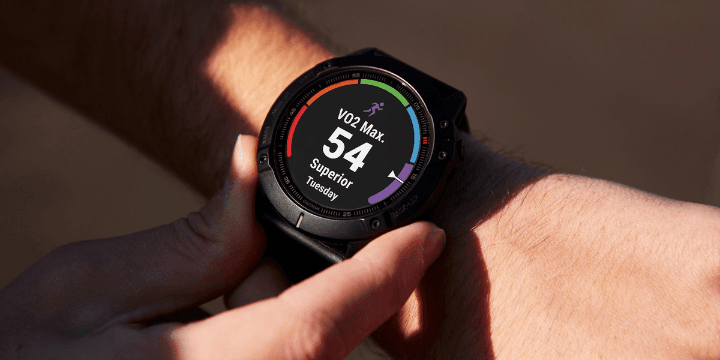Understanding VO2 Max: A Comprehensive Guide
Published on 4/21/2024
Introduction: Unveiling the Importance of VO2 Max
In the realm of fitness and performance, VO2 max stands as a paramount metric, revered by athletes, coaches, and fitness enthusiasts alike. But what exactly is VO2 max, and why is it so crucial? Let's delve into the intricacies of this physiological phenomenon and unravel its significance.
What is VO2 Max?
VO2 max, scientifically known as maximal oxygen consumption, refers to the maximum amount of oxygen an individual can utilize during intense exercise. It serves as a measure of aerobic endurance and cardiovascular fitness, reflecting the efficiency of the cardiovascular and respiratory systems in delivering oxygen to working muscles.
The Physiology Behind VO2 Max
To comprehend VO2 max, one must grasp the underlying physiological processes. During exercise, muscles require oxygen to generate energy through aerobic metabolism. The cardiovascular system facilitates the transport of oxygen-rich blood from the lungs to the muscles, while the respiratory system ensures efficient gas exchange, allowing oxygen to enter the bloodstream and carbon dioxide to be expelled.
VO2 max represents the culmination of these intricate mechanisms, reflecting the body's ability to supply oxygen to muscles under maximal exertion. It is influenced by factors such as lung function, cardiac output, blood volume, and the capacity of muscles to utilize oxygen.
Assessing VO2 Max
Accurately measuring VO2 max typically involves specialized equipment and protocols, such as treadmill or cycle ergometer tests combined with gas analysis. During these tests, individuals undergo progressively intense exercise while their oxygen consumption and carbon dioxide production are monitored, allowing for the determination of VO2 max.
The Significance of VO2 Max in Performance
VO2 max serves as a potent predictor of aerobic performance across various athletic endeavors. Athletes with higher VO2 max values often exhibit superior endurance capacity and are better equipped to sustain intense exercise for extended durations. Consequently, VO2 max is of paramount importance in sports such as distance running, cycling, rowing, and cross-country skiing, where aerobic endurance plays a pivotal role.
Moreover, VO2 max is not solely indicative of athletic prowess but also correlates with overall cardiovascular health. Individuals with higher VO2 max values are typically at lower risk of cardiovascular diseases, such as heart attacks and strokes, highlighting the broader implications of this physiological parameter.
Factors Influencing VO2 Max
While genetics play a significant role in determining an individual's VO2 max potential, it is also subject to modification through training and lifestyle factors. Endurance training, characterized by sustained aerobic activity, has been shown to elicit significant improvements in VO2 max, enhancing cardiovascular function and metabolic efficiency.
Additionally, altitude exposure, temperature, humidity, and age can influence VO2 max levels, underscoring the multifaceted nature of this physiological attribute.
Optimizing VO2 Max: Strategies for Improvement
For those seeking to enhance their VO2 max and unlock their full athletic potential, targeted training regimens hold the key. Endurance exercises such as running, cycling, swimming, and rowing form the cornerstone of VO2 max development, stimulating adaptations within the cardiovascular and respiratory systems.
Interval training, characterized by alternating periods of high-intensity effort and recovery, has been particularly effective in boosting VO2 max levels. By pushing the body beyond its aerobic threshold and challenging its physiological limits, interval training promotes significant gains in aerobic capacity and performance.
Furthermore, incorporating strength training and flexibility exercises into one's regimen can complement aerobic training efforts, fostering a holistic approach to fitness and performance optimization.
Conclusion: Embracing the Power of VO2 Max
In conclusion, VO2 max stands as a cornerstone of athletic performance and cardiovascular health, embodying the body's capacity for aerobic endurance and metabolic efficiency. By understanding the intricacies of VO2 max and implementing targeted training strategies, individuals can unlock their full potential and achieve peak performance in their athletic pursuits.